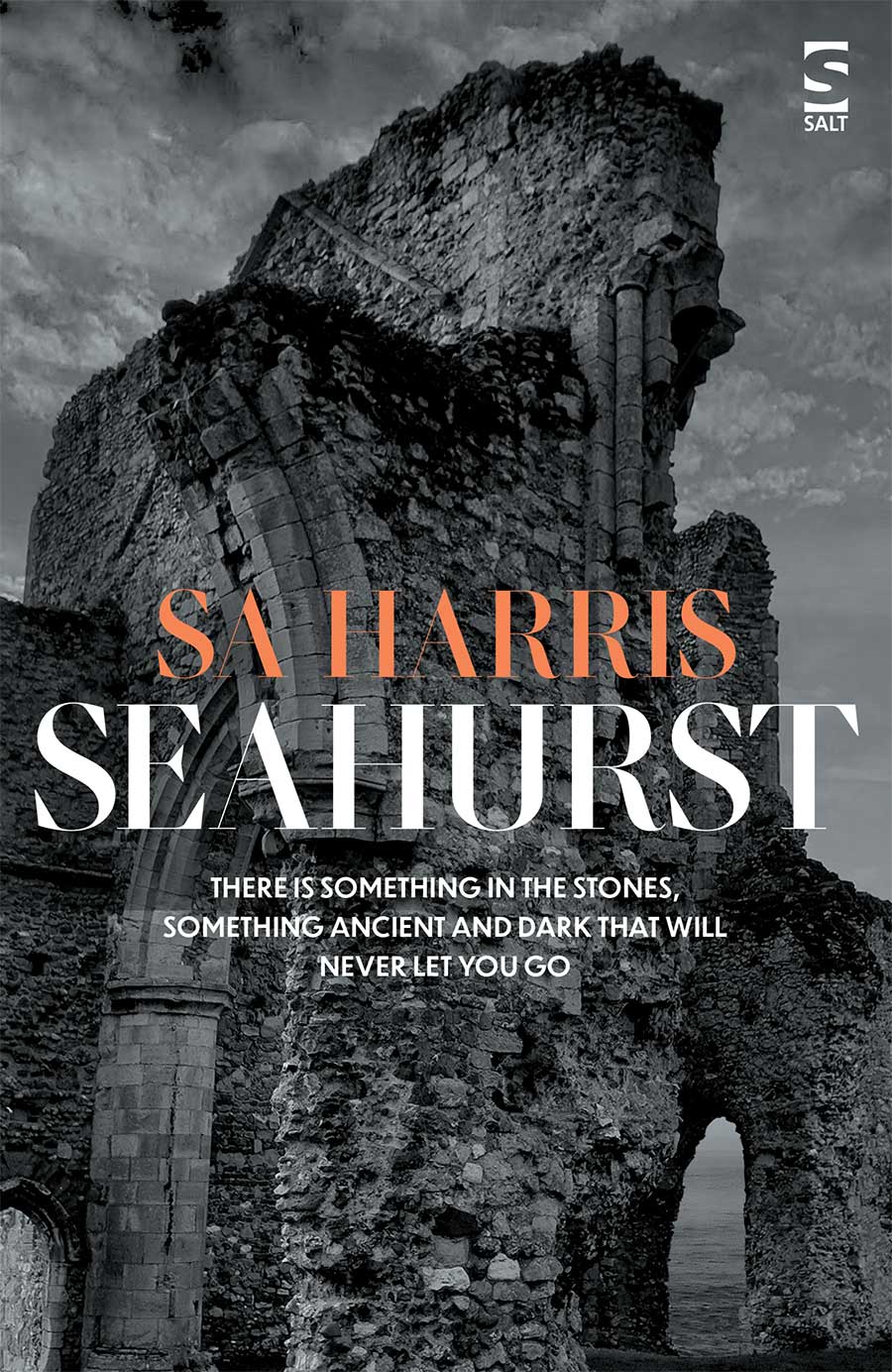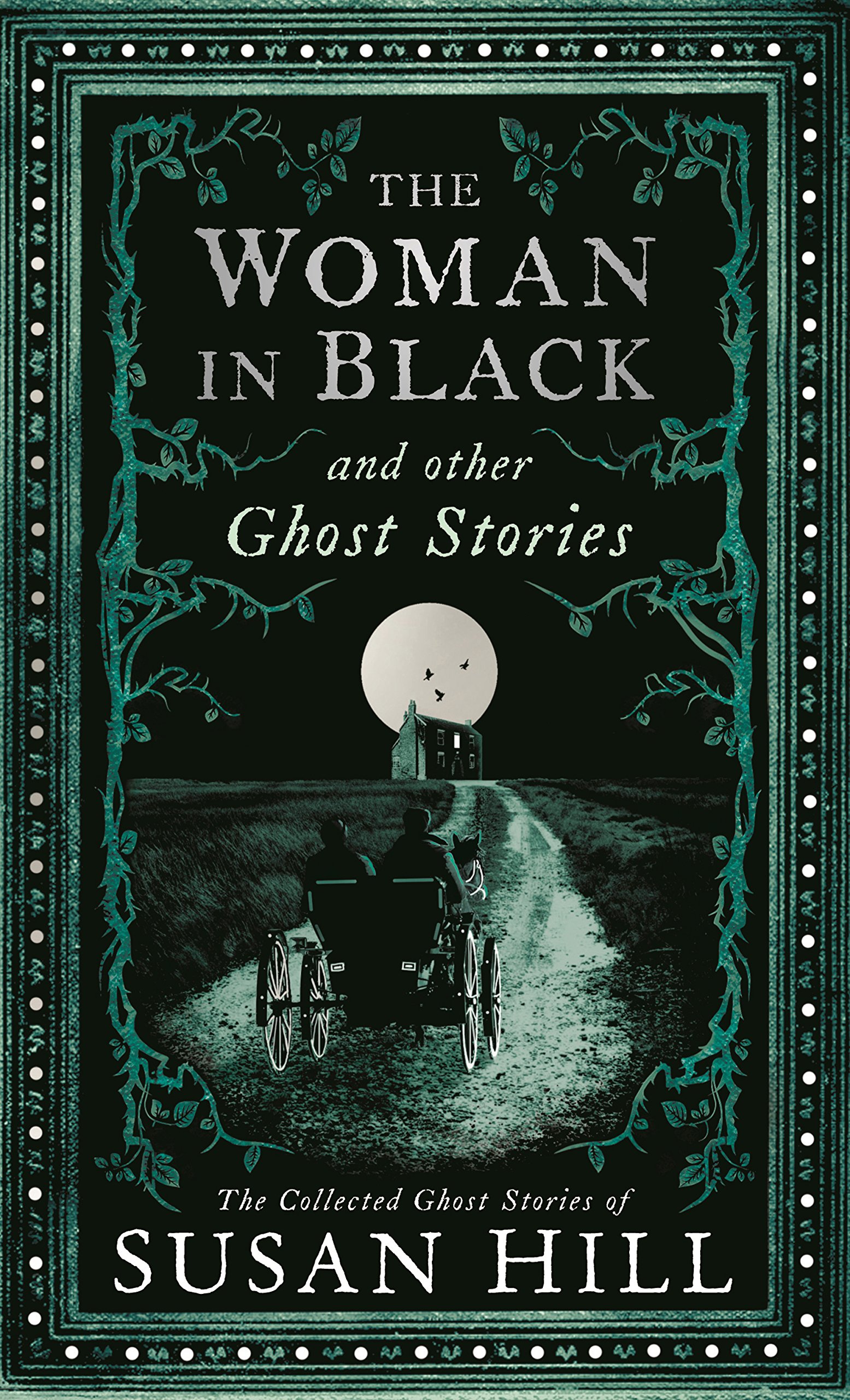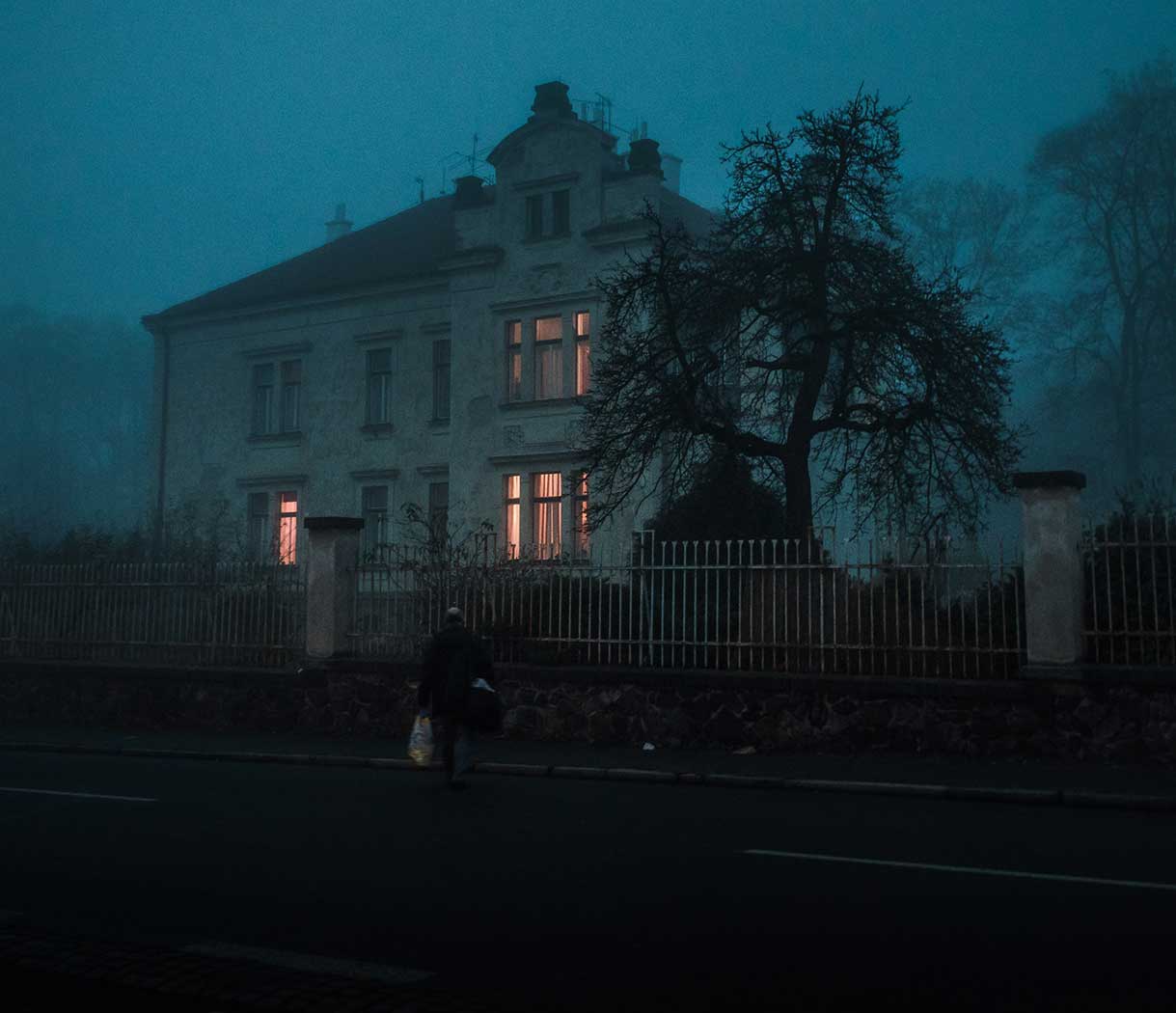Is there a ghost in this story?
Authors are often asked what inspires them and where their ideas come from. After my first novel was published, friends and readers raised these questions at book events, so I became far more aware of the influences that moulded the story as I wrote my second novel.
When Haverscroft was published, I was surprised to be asked if there was a ghost in the novel. A person or thing that was most definitely dead but for some reason had become stuck in the present and not passed on to whatever comes next. My novel was a ghost story, so why was I asked this question so often?
Gothic & Ghosts
Uncertainty around the genre, ghost story or gothic fiction, is likely the answer. The confusion is understandable; gothic fiction typically sees the past invading the present, sometimes with supernatural elements. So similar to a traditional ghost story but not necessarily the same. One of my favourite gothic novels is Daphne du Maurier’s Rebecca. Past events may haunt the characters, but no spectre haunts the grand rooms at Manderley. Seahurst has all the elements of a gothic novel, but the ghost makes it clear she means trouble right from the very first page. Gothic and ghost stories use the supernatural in such a way they share the same genre much of the time. So what is in a ghost story besides the spirit?


The Chill Factor
What I love about gothic novels is the chill factor. This is very subjective, one person’s terror may not trouble another reader, but there are certain things we humans generally fear. The novel’s setting feeds into the story’s atmosphere like nothing else. Throughout the story, it builds tension and dread. The wild moors in Emily Brontë’s Wuthering Heights and the fogs and bleak location on Eel Marsh House in Susan Hill’s, The Woman in Black have given readers the chill factor for decades.
Seahurst is a modernist house of glass and steel set on the cliffs overlooking the North Sea. A prime location to put a gleam in any estate agent’s eye, but also a fabulous spot for a haunting. Dark woodland closes in on the house on one side, dank marsh and whispering reed beds on the other. And after dark, anyone can see in and watch Evie and her son, but Evie can’t see out. No soul would dare venture down the rough track to the house; the locals know all about the legend. Isolation can be scary, but the right setting maximises the chill factor times ten.

Fear Of The Unknown
Things we can’t rationalise or explain can cause the bravest reader to find shivers running down their spine. The sound of the pony and trap in The Woman in Black is one of those spine-chilling moments. As Arthur Kipps peers blindly into the fog, the sounds are hideous and made worse when the reader realises how they relate to past events. At Seahurst, Evie can’t rationalise what she sees in the house nor connect that to her son’s strange behaviour, but the reader can see it and the jeopardy they face.


The Hero And Other Characters
We need to know our hero so that we will root for them every step of the way. This is the same as in most fiction. We need to know what the character holds dear, what they most desire and motivates them so we can understand what they stand to lose if the ghost gets their way. This is what makes for a terrifying read; good versus evil makes for a great story. The supporting characters play a pivotal role in fleshing out the story, and their backstories are often essential to the plot. In Haverscroft, Shirley Cooper is Kate’s trusty side-kick and friend, more in-tune with the danger facing them both at the house. Mrs Havers knows more than she’s telling, but we still need to understand her, even if we can’t agree with her actions. In Rebecca, the past is ever-present, controlling the future and destroying the main character’s happiness in her new marriage. There is no ghost, but Mrs Danvers is a terrifying character obsessively carrying the memory of her beloved mistress wherever she goes. In Seahurst, Evie wants to understand her father’s suicide and find her brother. Her desire to remain at the house is driven by her need to understand the past. In attempting to do so, she puts herself and her young son in terrible danger.

So What About The Ghost?
The ghostly presence is at the centre of any good ghost story, whether they are seen or are there in a more subtle way. I always intended there to be a ghost at Seahurst and for the haunting to be authentic and not a figment of Evie’s imagination. The haunting must instil fear and terror. To achieve this, the ghost’s motivation must be clear. We know what drives Jennet Humfrye to kill the local children. Her loss during her lifetime fuels her hatred and desire for revenge so strongly that it impacts the current day with deadly results. In Seahurst, a Medieval miscarriage of justice enflames the desire for revenge so powerfully it runs through the centuries to the print day.
And my advice for reading a terrifying tale? Warm a glass of mulled wine and stoke up the fire. Ideally, read alone on a wild winter’s night to ensure you enjoy the very best scares. And should you be a little faint hearted, you may want to keep the lights on.
